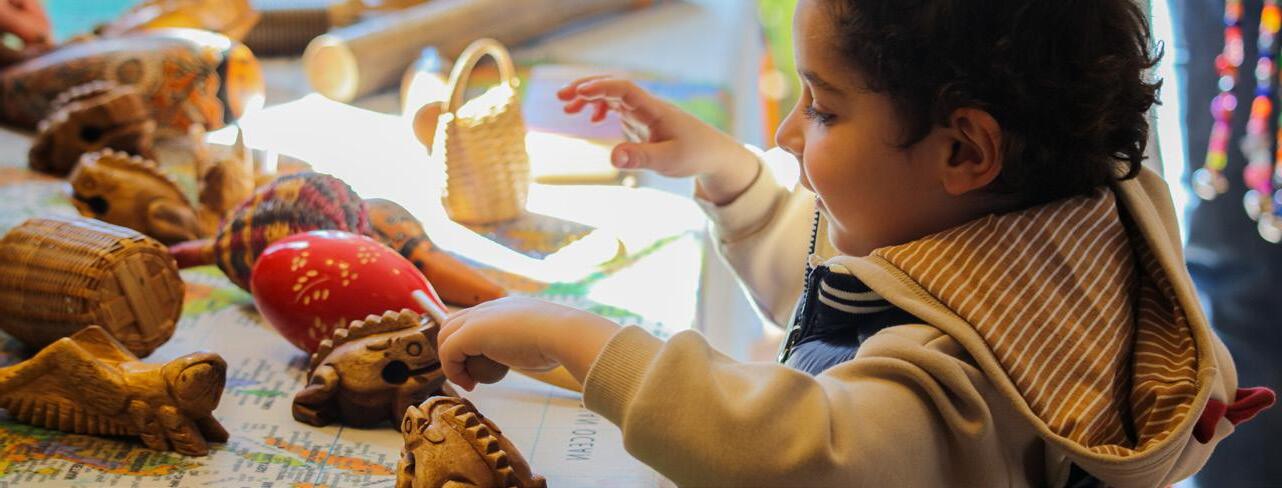giving in action

“It is our responsiblity to leave this planet cleaner and greener. That must be our legacy.”
– John Lewis


“It is our responsiblity to leave this planet cleaner and greener. That must be our legacy.”
– John Lewis
People of all ages and backgrounds visit the Garden to connect with nature in the heart of our bustling city, and we take pride in inspiring visitors to better understand and engage with the living world around them in support of a healthier planet. We continue to explore new ways to weave environmentally-friendly practices throughout the Garden while advancing our mission to develop and maintain plant collections for display, research, conservation, education, and enjoyment.
Much of what we do at the Garden is already grounded in sustainability—from entering under the green roof of the LEED-certified Hardin Visitor Center to the millions of energy-efficient, brilliantly colored LED lights that illuminate the Garden every year during Garden Lights, Holiday Nights We partner with CompostNow to reduce food waste in our offices, snack bar, and restaurant; Georgia Natural Gas’ Greener Life Program to offset our carbon footprint; and several private recycling providers to recycle cardboard, glass, and e-waste. Even this summer’s exhibition, Trolls: Save the Humans, showcased works made from recycled materials, telling a story of conservation and demonstrating how garbage can be turned into something big and beautiful.
In addition to organization-wide initiatives, our Horticulture team has made significant strides in operational sustainability in recent years. When switching out beds and borders, green waste is collected and recycled to generate almost all of the compost used in the Garden, adding important nutrients and microbes back into our soil. We also sort and recycle 95% of our plastic nursery pots, with a goal of 100% by 2024, and have substantially decreased the use of gas-powered equipment, opting whenever possible for electric tools that are both quieter and cleaner for the environment.
As we look ahead, the Garden is committed to expanding our green initiatives and sustainability efforts in order to conserve our natural resources, improve our quality of life, and protect and enhance our ecosystem today and tomorrow.
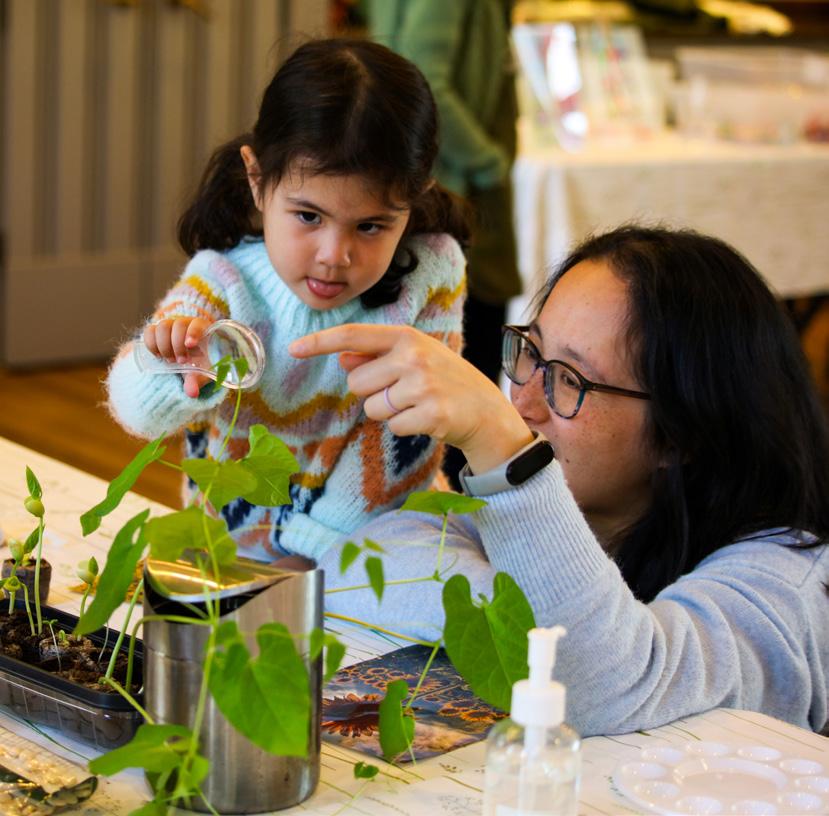
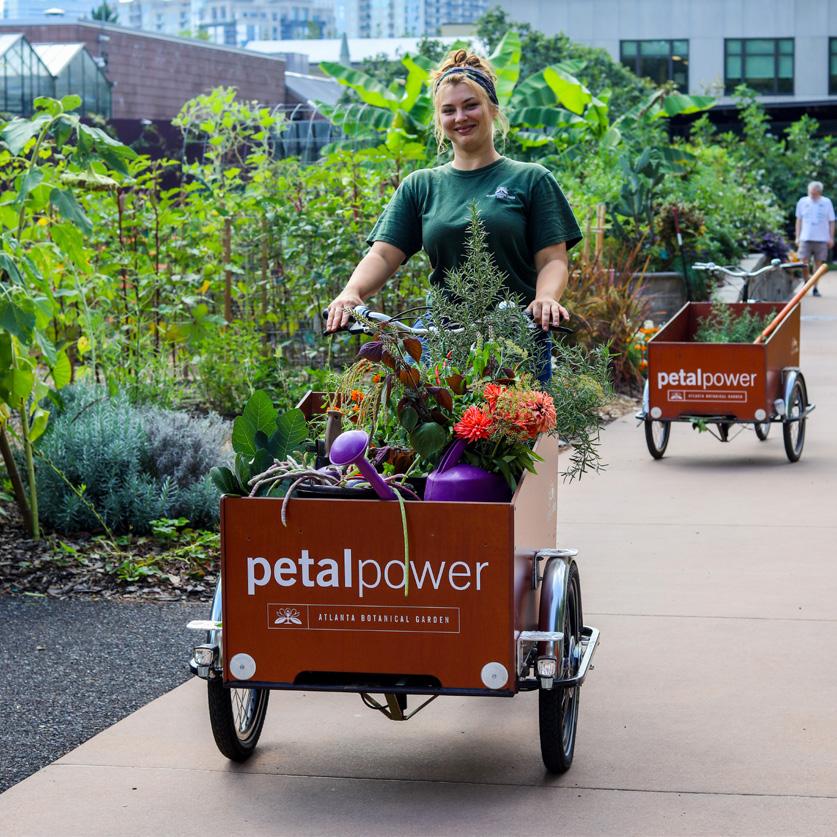
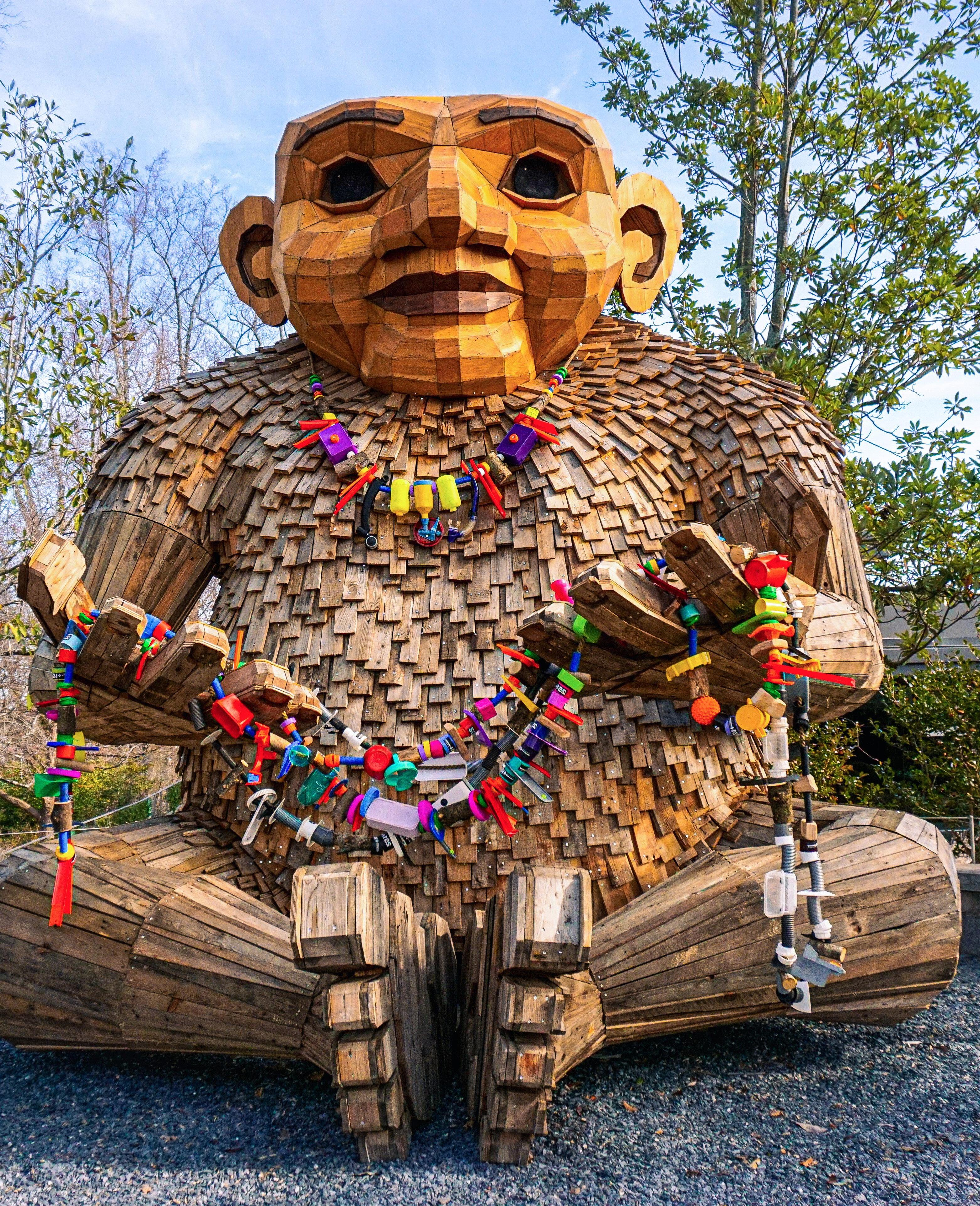


Along the edge of Skyline Garden, a series of Conservation Display Gardens highlight our region’s rich biodiversity and showcase the many ways that native plant species support healthy ecosystems and resilient landscapes.
More than 200 species of birds, insects, mammals, and amphibians have been recorded in these display gardens, including migrating warblers and year-round nesting songbirds. Gulf fritillaries and cloudless sulphur butterflies warm their wings in the morning sun, and green tree frogs call back and forth on humid summer evenings. In addition to supporting an extraordinary web of life, southeastern native plants have evolved to thrive in a wide range of conditions, from lowland bogs to granite monadnocks. Many of the natives in our Conservation Display beds grow deep roots, allowing them to access groundwater in times of drought while also helping to anchor erosion-prone areas—important ecological functions in the face of climate change.
Later this year, guests will be able to learn and enjoy even more when visiting this very special corner of the Atlanta Botanical Garden. Just outside the Fuqua Orchid Center, a new Conservation Display bed will feature a variety of unique upland prairie plants typically found near rock outcroppings in the Southeast such as purple milkweed (Asclepias purpurascens), Georgia aster (Symphyotrichum georgianum), and indigo bush (Amorpha fruticosa).
Hundreds of additional native plant species can be discovered throughout our Midtown and Gainesville gardens, so after visiting the Conservation Display Gardens, keep an eye out for other natives in other garden spaces—and consider incorporating them into your home landscapes to promote a healthier, greener planet.
The work of our staff in the Garden’s Southeastern Center for Conservation speaks to leaving our planet cleaner and greener at virtually every level. From habitat restoration and conservation of imperiled plants to seed banking and micropropagation of critically endangered species, the Center truly embodies science in action. Two foundational goals of the Center ensure that the team’s professional knowledge, skills, and experience will be multiplied beyond the projects supported by the Garden. The first is to invest in the future of our plants and planet by training the next generation of conservation scientists. Over the past six years, the Center’s team has mentored more than forty students from 16 colleges and universities in Conservation Horticulture, Conservation Field Studies, and best practices in our onsite Seed Bank and Micropropagation Laboratories. Providing hands-on experience in the field and lab to support academic credentials is increasingly important after the pandemic-related restrictions of the past few years. The second goal is global in reach, as the Center actively develops conservation partnerships across the southeastern United States, the Caribbean, Central and South America, and Southeast Asia. Working with and learning from fellow conservation scientists around the world better connects us to a future that is more resilient, equitable, and sustainable for generations to come.
Ingredients:
2 cups plain/all purpose flour
1/2 cup salt
2 tablespoons pumpkin pie spice
2 tablespoons cream of tartar
2 tablespoons vegetable oil
Up to 1 ½ cups boiling water
Food coloring
Instructions:
• Mix the flour, salt, pumpkin pie spice, and cream of tartar in a large mixing bowl.
• Add food coloring and oil to very hot water
• Begin adding the wet ingredients to the dry ones, starting with less than a cup at first.
• Stir the mixture, adding more wet ingredients slowly, just until a sticky dough ball forms.
• Allow it to cool slightly, then take it out of the bowl and knead it for a couple of minutes until all of the stickiness has gone and it’s the perfect consistency. Add flour to sticky dough or water to dry dough.
• Seal tightly in resealable bags when done
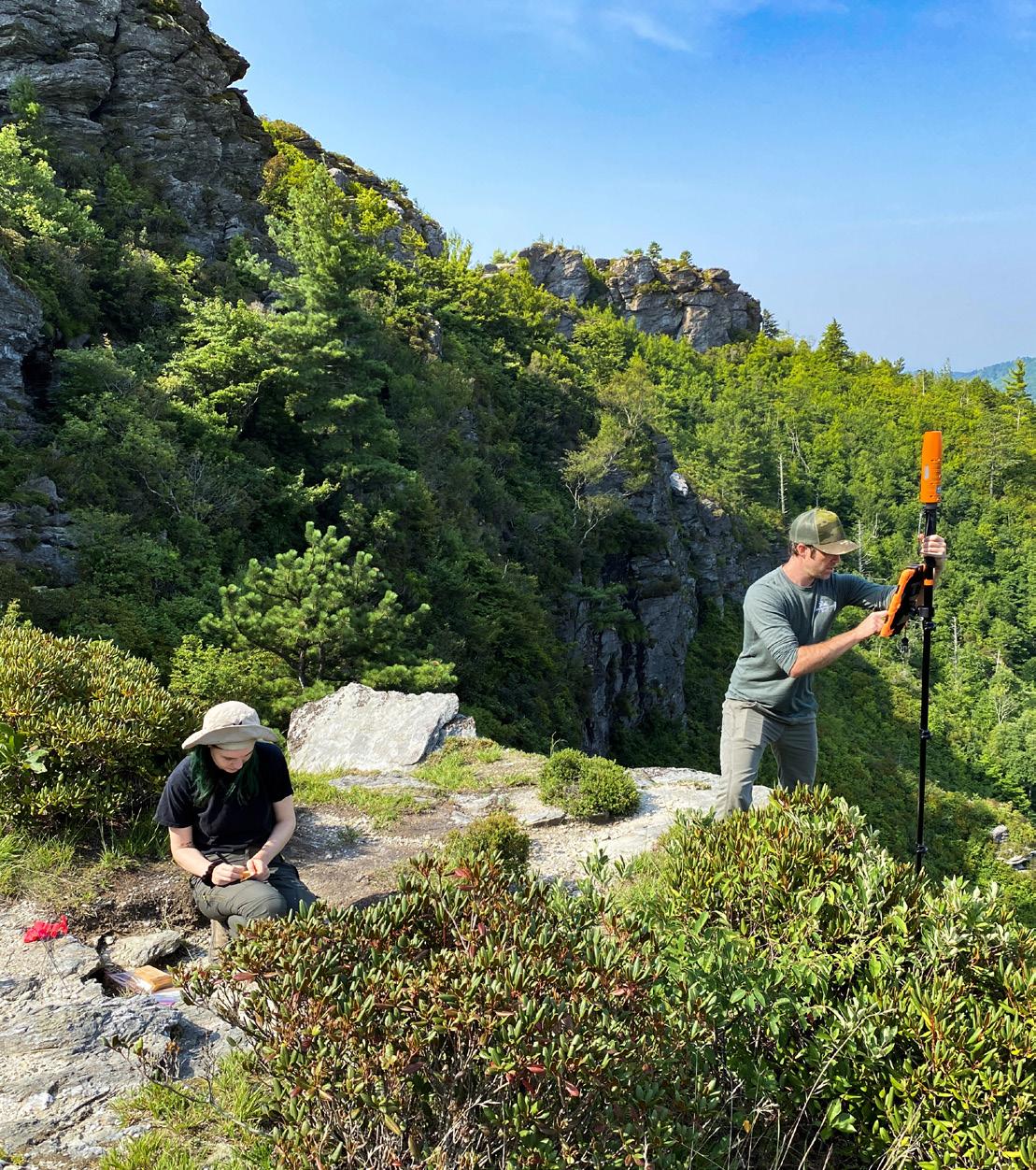
Sustainability is woven throughout all of the mission-driven programming supported by your donor dollars, both in the Garden and out in the community. Our Education department is fully committed to “working green” in all that they do, from composting during programs in the Outdoor Kitchen—including Chef Demos, our summer Middle School Cooking Camp, and High School intern activities—to utilizing all-natural materials as often as possible and buying products from Scraplanta, a creative reuse art supply store.
Programming with our youngest visitors focuses on interactive experiences such as sensory bins and shared musical instruments rather than take-home items that often end up in the trash. Our education staff even hand make the playdough used in programming onsite to avoid chemicals found in commercially available modeling clay.
